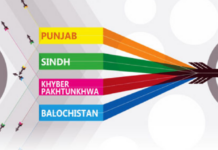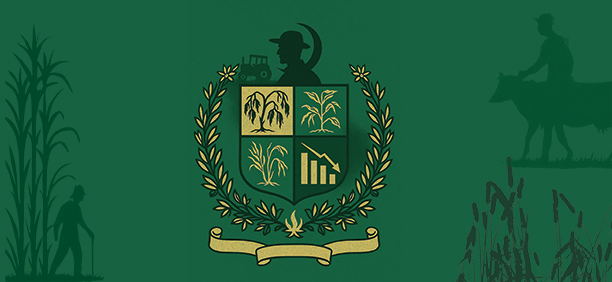The government of Pakistan is lying to you.
But what else is new?
Last week, the National Accounts Committee (NAC) released the latest GDP data for Pakistan. Immediately there was attention on the fact that the NAC was indicating Pakistan had a GDP growth rate of 2.68%. This was a revision from the government’s previous GDP growth projections which had predicted GDP growth rate at around 3.6% for 2025.
Missing the target was not surprising. Global financial institutions were sceptical. The IMF had actually reviewed its projections earlier, predicting growth to be around 2.6% while the World Bank and the Asian Development Bank predicted it slightly higher at 2.8% in 2025.
The problem is even these revised projections from the government of 2.68% are far from accurate. At best, they are naive and hopeful. At worst they are deliberately misleading. In the numbers the government has released, GDP growth in the first three quarters has been 1.37%, 1.53%, and 2.4% respectively. While this indicates an increase in the growth rate with every quarter, it is still well short of the government’s projections of 2.68%. In fact, the average growth for these first three quarters is less than 2%. It was pointed out almost immediately by a number of individuals that the government was relying on a significantly increased projection of GDP growth in the ongoing fourth quarter being 5.47%
The projection of a sudden tide changing final quarter raises questions. On top of this, there is really very little in the NAC’s report that explains why the government would be this hopeful. Perhaps nothing indicates the dire situation Pakistan’s economy is facing more than the state of the agricultural sector. Overall, the agriculture sector increased by a very meagre 0.56% in this year.
This growth is not only partially based on projections, it is also only possible because Pakistan’s livestock sector saw a decent rise of 4.7% with fishing also increasing by 1.7%. What is concerning, however, is that major crops saw huge dips in production. Through a combination of senseless policies, water shortages, and increasing input costs, major crops have crashed out. The most prominent victim in this scenario was wheat, which saw a 8.9% decline in production, but other major crops were pretty far behind as well. The question is, how did such a dip go largely unnoticed, and why are we not producing as much of these crops? The content in this publication is expensive to produce. But unlike other journalistic outfits, business publications have to cover the very organizations that directly give them advertisements. Hence, this large source of revenue, which is the lifeblood of other media houses, is severely compromised on account of Profit’s no-compromise policy when it comes to our reporting. No wonder, Profit has lost multiple ad deals, worth tens of millions of rupees, due to stories that held big businesses to account. Hence, for our work to continue unfettered, it must be supported by discerning readers who know the value of quality business journalism, not just for the economy but for the society as a whole.To read the full article, subscribe and support independent business journalism in Pakistan

























Government Agriculture policy is unsupportive for farmers results negative trend in crop products
Abdullah, i think you need to widen the scope of this article. You should include farmers (actual producers) and i am quite confident that you will get a jist of the issues for less production. You should remember ironically agriculture is the only sector where producer does not set the market price. The thing is that agriculture production is very different from industrial production because of few factors mentioned below:
1) High input costs of seeds, fertilizer and pesticides
2) Expensive electricty and diesel leading to high irrigation costs
3) Extreme weather hurt pollination, yields and bring diseases
4) Harvest and Labor costs have risen due to inflation
5) Exploitation by market and middle-man (agents & aarthis). Lack of a supporting market mechanism.
6) No effective support from government’s agriculture departments. Subsidies by CM Punjab are peanuts compared to losses faced by farmers as whole.
7) Power groups and cartelization in other sectors .e.g Sugar, Cement, etc
So, a business that doesnt provide meals for farmers’ family and erodes away his hard earned savings is not viable. I forsee worst days shall come in near times and sadly people in government and cities are playing deaf. Reduction in Inflation at the cost of farmers is goin to blow in face of government and public will suffer.
On the spot. A wake up call for policy makers.
Because the f.47 regime is composed of perpetual figure fudgers, beggars and stooges of duffers.